ISSN ONLINE(2319-8753)PRINT(2347-6710)
ISSN ONLINE(2319-8753)PRINT(2347-6710)
Muthu karthikeyan 1 , Dr. M. Elango 2
|
| Related article at Pubmed, Scholar Google |
Visit for more related articles at International Journal of Innovative Research in Science, Engineering and Technology
This paper is focused on methodology to reduce the transportation cost for a courier industry. Transportation cost is one of the major concerns in courier industry. Most of their operations depend on the vehicles, hence maintaining transportation cost as much as minimum will increase the profit margin. Each company has got customers with each demanding for both delivery /pickup with their vehicles having variable capacities. The problem concerning in this paper is to find a set of tours of the vehicles with minimum total travelling lengths, so that minimum transportation cost can be obtained. In each tour, a vehicle begins at the depot with certain amount of parcels/documents for delivery, then visits a subset of the customers in order to deliver on board parcels /documents. After completing all its delivery demand the vehicle will return back and start picking up the parcels/documents from the same customer point and returns to the depot. Irrespective of the time during the tour, a vehicle must always satisfy the capacity constraint of the vehicle. K-Means clustering is used as a standard clustering technique and that has been further refined by nearest neighbourhood heuristic. For both these clustering, routing has been done using LINGO solver. Transportation cost has been calculated for the corresponding routing distance given by the solver.
Keywords |
| Transportation cost, K-Means Clustering, Nearest Neighbourhood |
INTRODUCTION |
| In the current globalized and distributed economic environment, companies are more interconnected and rely more on transportation for their business. The competition among logistics companies has become more and more intensive. Customers of logistics companies have high expectation of service quality which often requires on-time delivery within a small delivery time window and with short notice. Courier delivers messages, packages, and mail. Couriers are distinguished from ordinary mail services by features such as speed, security, tracking, signature, specialization and individualization of express services, and swift delivery times, which are optional for most everyday mail services. It is costlier than normal mail services. Obsolescence nature of courier is very less when compared all other technological trends at all-time people use courier to send their goods from one place to other place using courier service. Logistics is the core competency of courier services. The firm will focuses on the scope to manage the transportation effectively at low cost which will fetch them a good profit. For this work Courier Service Providers (CSPs) operated in India has been considered . |
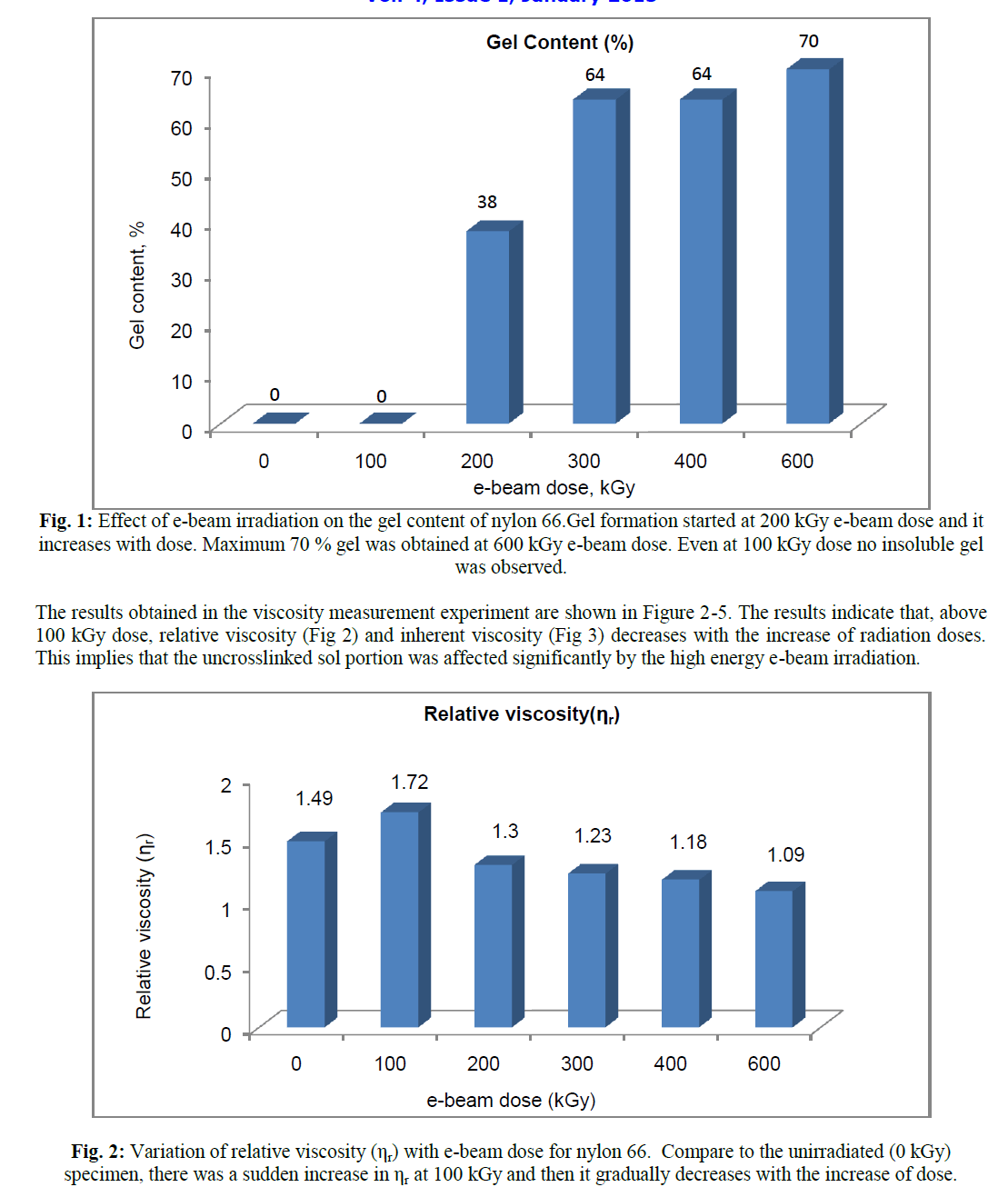 |
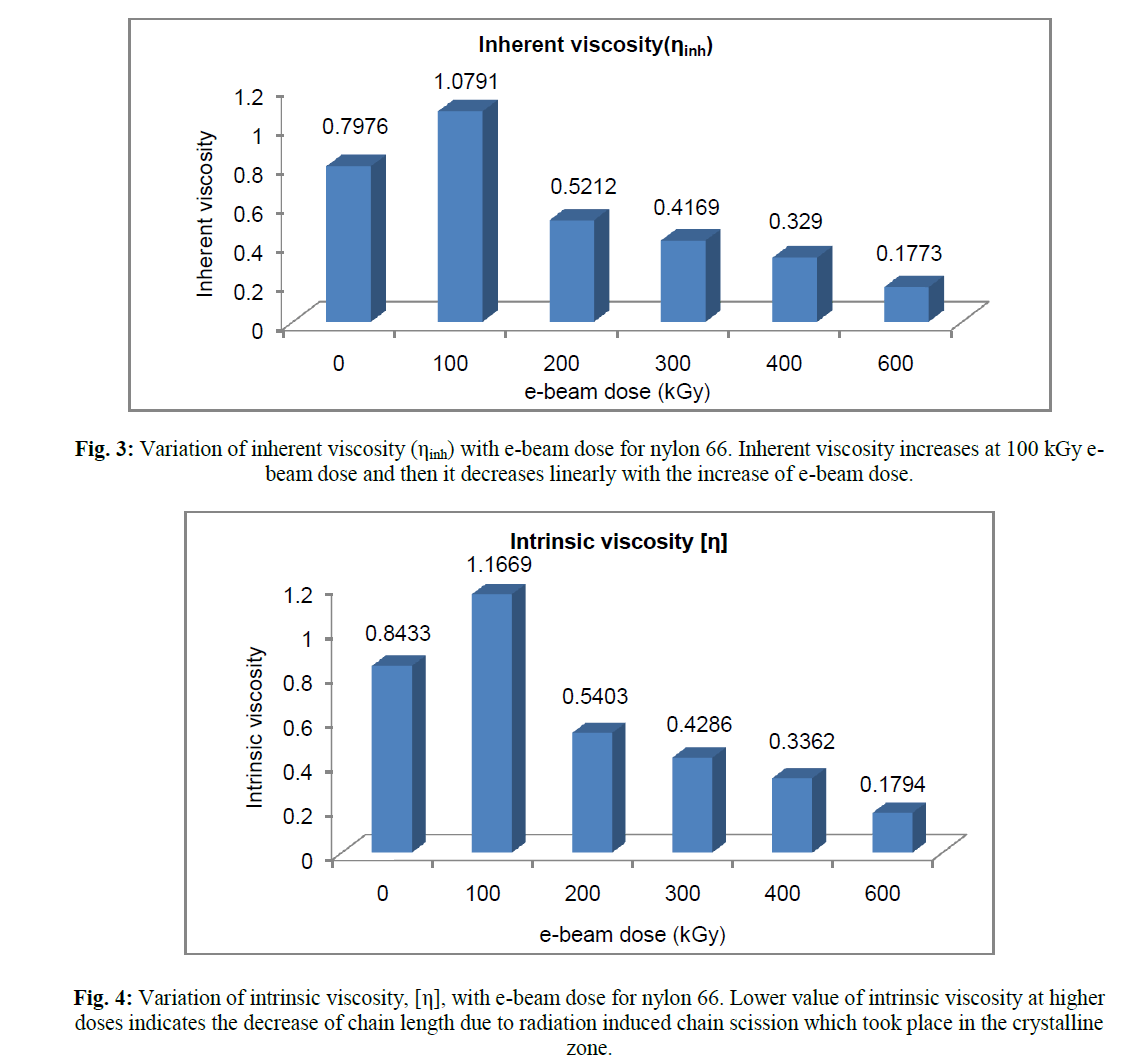 |
| Figure 1 shows the split up of transportation cost on the total cost of the firm 40% of the total cost incurred by the transportation. This ultimately follows in the courier service industry too. |
| The courier delivery problem falls under the class of the vehicle routing problem (VRP), which was first introduced by Dantzig and Ramser in 1959. Being a fundamental problem in transportation, distribution, and logistics, VRP studies the scheduling a fleet of vehicles to satisfy a set of geographically dispersed demands at minimum cost. General review of the VRP can be found in a number of literatures, such as Toth and Vigo [1], Fisher [2], and Laporte and Osman [3]. Taillard et al. [4] suggest in their study that assigning more routes to a vehicle is a more practical solution in real life. Brandao and Mercer [5] improved the study by considering not multi-trip VRP, but also including the delivery time window and the capacity of the vehicles. Petch and Salhi[6] integrate the approaches proposed by Taillard et al. [4] and Brandao and Mercer [5]. Alonso et al. [7] extended the classical VRP to a periodic and multi-trip VRP with site-dependency and proposes a Tabu search based algorithm.A. Subramanian in [8] developed a parallel heuristic for the Vehicle Routing Problem with Simultaneous Pickup and Delivery. C K Y Lin in [9] develops a cooperative strategy for a vehicle routing problem with pickup and delivery times. The Lagrangian relaxation approach can be either an exact or a heuristic approach, depending on the ability of the algorithm to find good Lagrangian multipliers. Kohl and Madsen [10] applied Lagrangian relaxation to the customer assignment constraints of a VRP with a single time window per customer. The resulting model is decomposed into a set of simpler sub-problems: a shortest path problem with time windows and capacity constraints for each vehicle. Imai et al.[11] relaxed the truck capacity constraints for a PDP where trucks transport full container loads. The relaxed problem is decomposed into an assignment problem forming delivery-pickup location pairs. The pairs are then assigned to trucks by solving a generalized assignment problem. Tsung-Sheng et al in [12] formulated the citycourier routing and scheduling problem as a multiobjective multiple traveling salesman problems with strict time windows (MOMTSPSTW) that is NP-hard and then proposed a multi-objective Scatter Search framework that seeks to find the set of Pareto-optimal solutions to the problem.Michel Gendreau et al in[13] focused on a problem typically found in courier services for the sameday local pick-up and delivery of small sized items as opposed to dispatching systems where a vehicle is dedicated to a single customer, like those found in emergency services or truckload trucking applications, planned routes are associated with each vehicle to specify the order of visit of the previously assigned. Srisawat Supsomboonin[14] developed a mathematical model, Binary Integer programming, by using LINGO software solver. The objective was to find optimal routes of shortest distance in order to minimize logistics or transportation cost .Reza Tavakkoli Moghaddamin [15] presented a new mathematical model for a periodic vehicle routing problem (PVRP) considering several assumptions that minimizes vehicle travel costs. As it is a unified model, impose its computational complexity and are noTable to solve such a hard problem by any optimization software in a reasonably computational time, especially for large-sized problems. Thus, we propose a meta-heuristic method based on particle swarm optimization (PSO). |
| VRP is an important problem in the fields of transportation, distribution and logistics. Effective management of logistics incurs less transportation cost which can be done through vehicle routing problem. All the courier problem comes under Vehicle Routing Problem Delivery and Pickup (VRPDP).following sections of this paper consists in section 2 problem formulation has been discussed , In section 3 methodology used discussed followed with results and discussion in section 4.Conclusion has been given in section 5. |
PROBLEM FORMULATION |
| Transportation cost is one of the major costs incurred during operations in courier service industry. Their profit margin depends purely on transportation cost hence they always strive to keep the cost at lower level. So that competitiveness among other courier service providers can be established .Consider the CSP which have 27 customers with a aid of 6 vehicles, each vehicle has its own capacity in terms of tones. CSP wants to utilize the maximum capacity of the vehicle(truck ,van etc.) while delivering and picking up the couriers to/from the customer points, and to reduce total distance travelled while completing the tour which increases the total transportation cost. Hence, this project work concentrates to reduce the transportation cost by reducing the travelling distance and utilizing the maximum capacity of the vehicle. |
 |
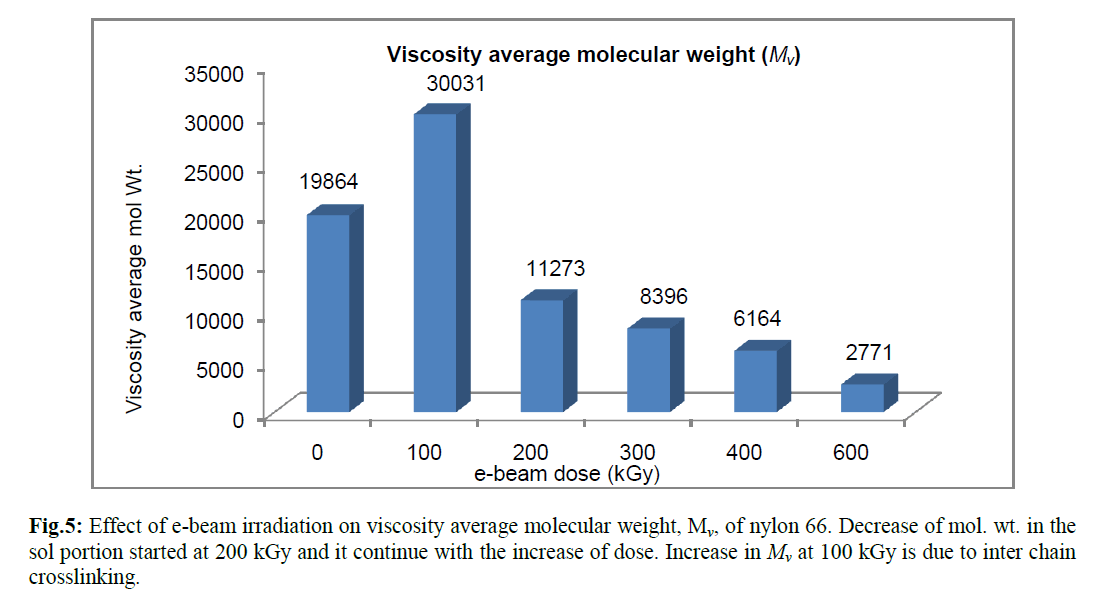 |
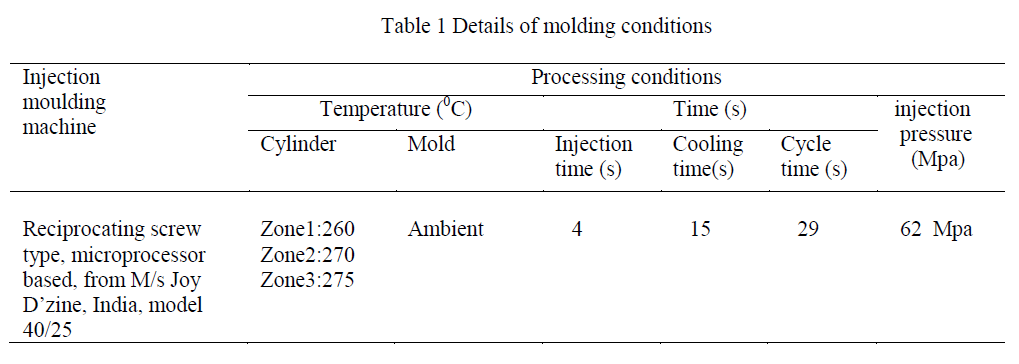 |
| technique and customized routing method for their fleet this makes the transportation cost high. |
METHODOLOGY |
| The adopted methodology to address this issue to reduce the transportation cost is by clustering the customer service points on the basis of distance and nearest neighborhood in order to attain minimum distance travelled to serve all the customer points at minimum cost and also effectively reduce the number of transportation vehicles required. |
| A. K-Means clustering |
| K-Means clustering can be used to get a combination of cities with respective to the centroid. Cities gets cluster as a group based upon the centroid, customer points will have minimum distance with all the other cities present in the group. XY co-ordinates of customer service points has been given as input to KMeans clustering method. For real time data usage corresponding longitude & latitude of cities can be taken from the internet and converted into a corresponding (X,Y) coordinates using NDSF software application. |
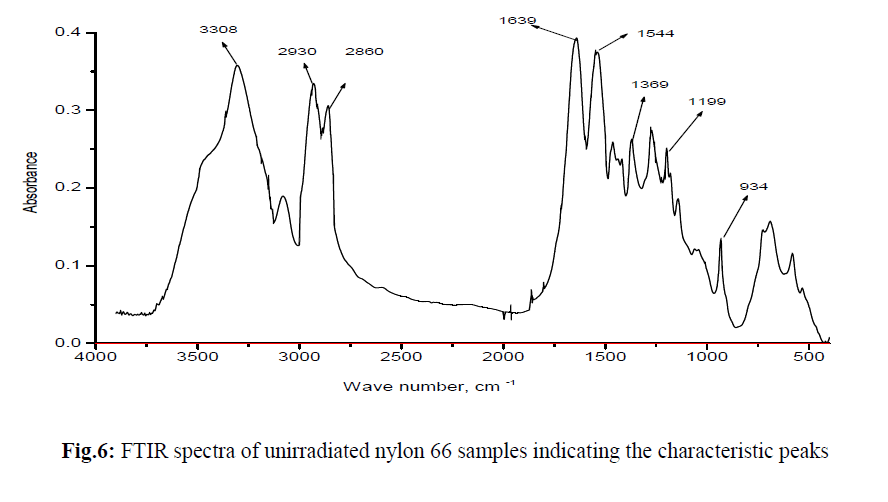 |
| Figure 3 shows the flow chart of the K-Means Method the clustering can made for 2 cluster, 3 cluster, 4 cluster, 5 cluster (K=2,3,4,5) reason for going up to 5 , In existing scenario courier company uses 6 vehicles to serve all their customer, hence to reduce the number of vehicles clustering limited as 5. Each cluster can have few or many customers in the group, these each cluster mean that one vehicle can send to the cluster to satisfy the customer demand with minimum distance, obeying maximum tour length and should not exceed vehicle capacity. For each cluster travelling distance has been calculated ,if the obtained value lesser than the Maximum tour length and obey all other constraints then that can be consider for the best solution if not next clustered cities will be consider. In this paper we have tried different K values and finally got a cluster of cities which has given minimum objective value than other combinations. |
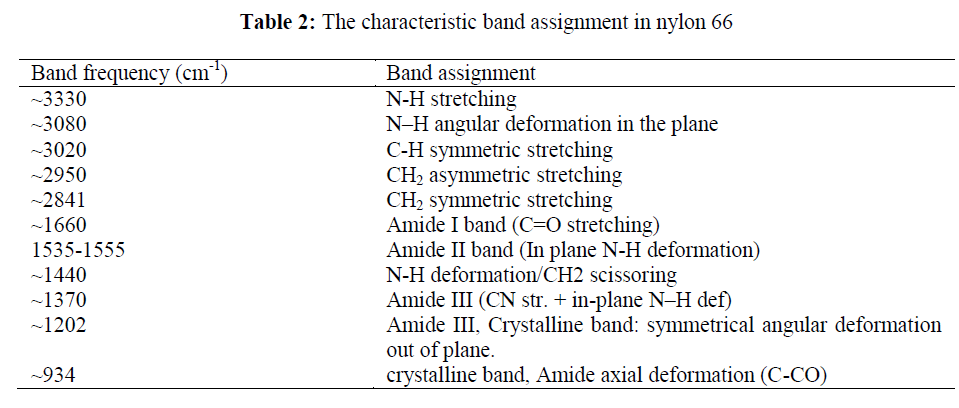 |
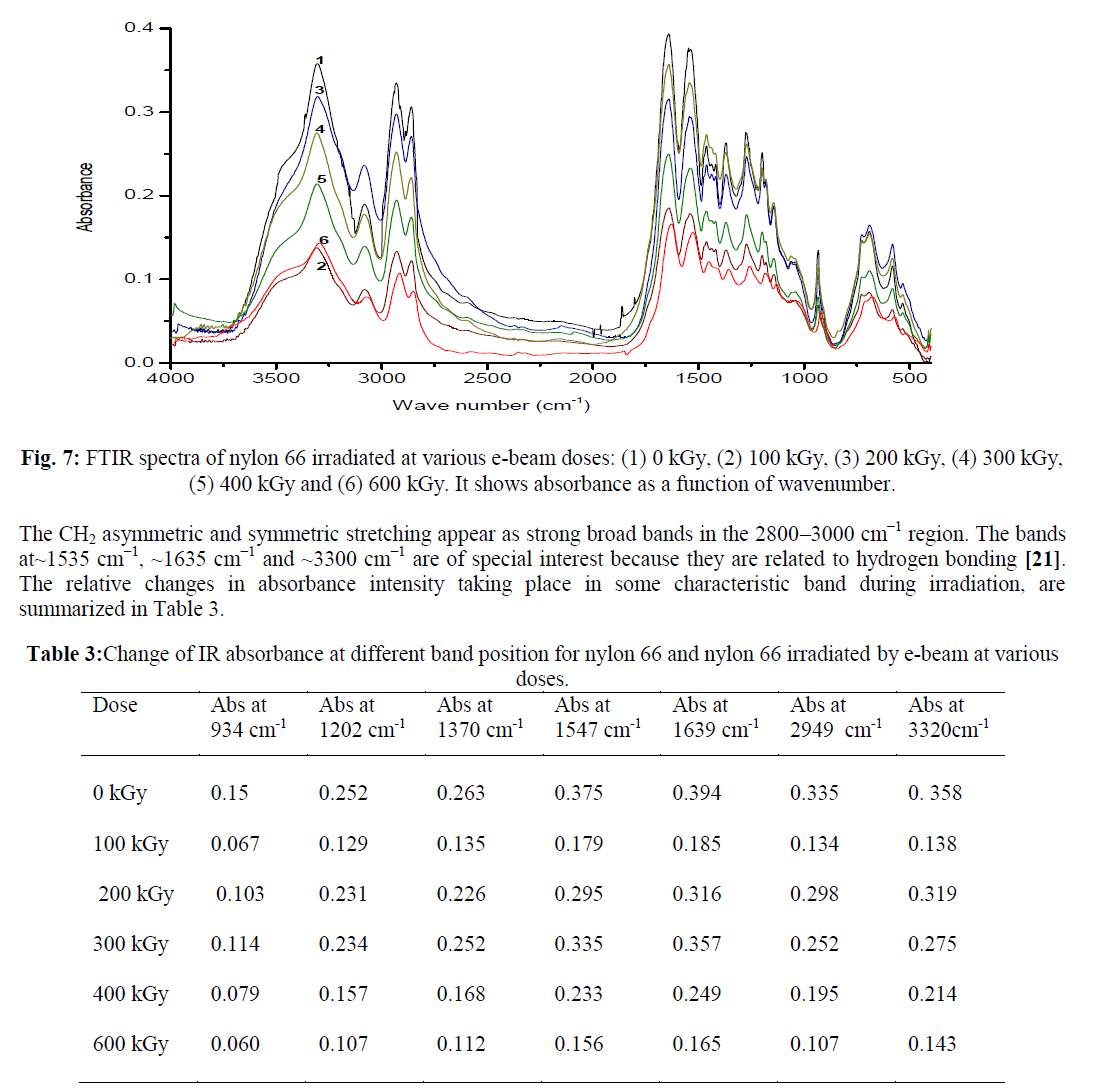 |
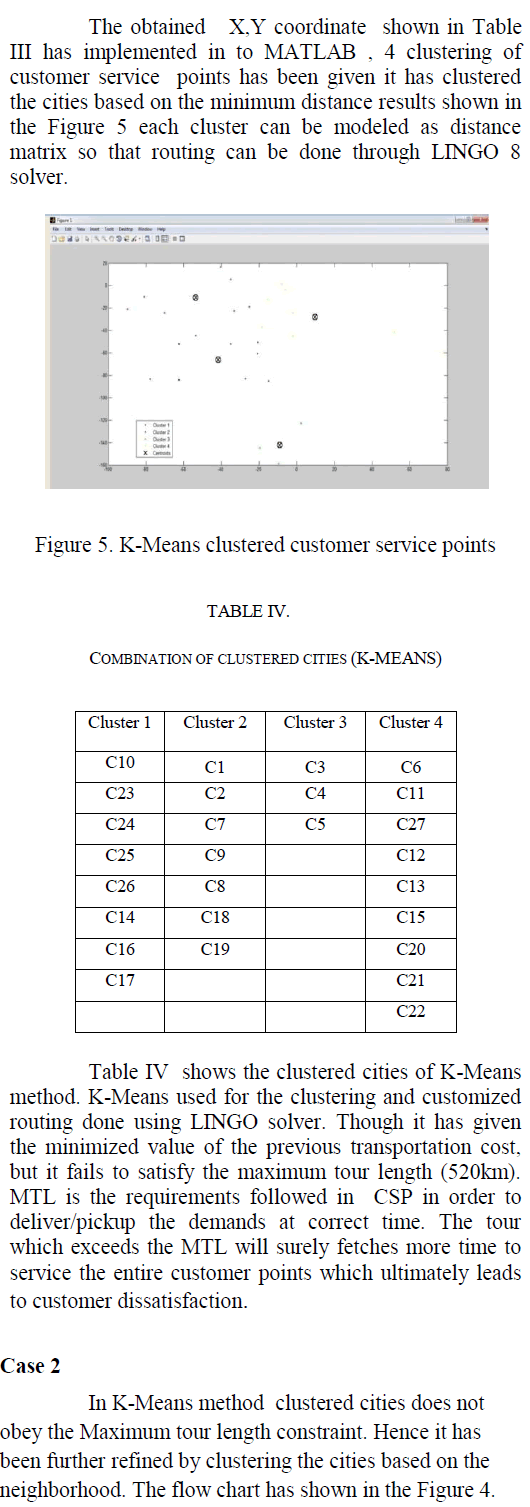 |
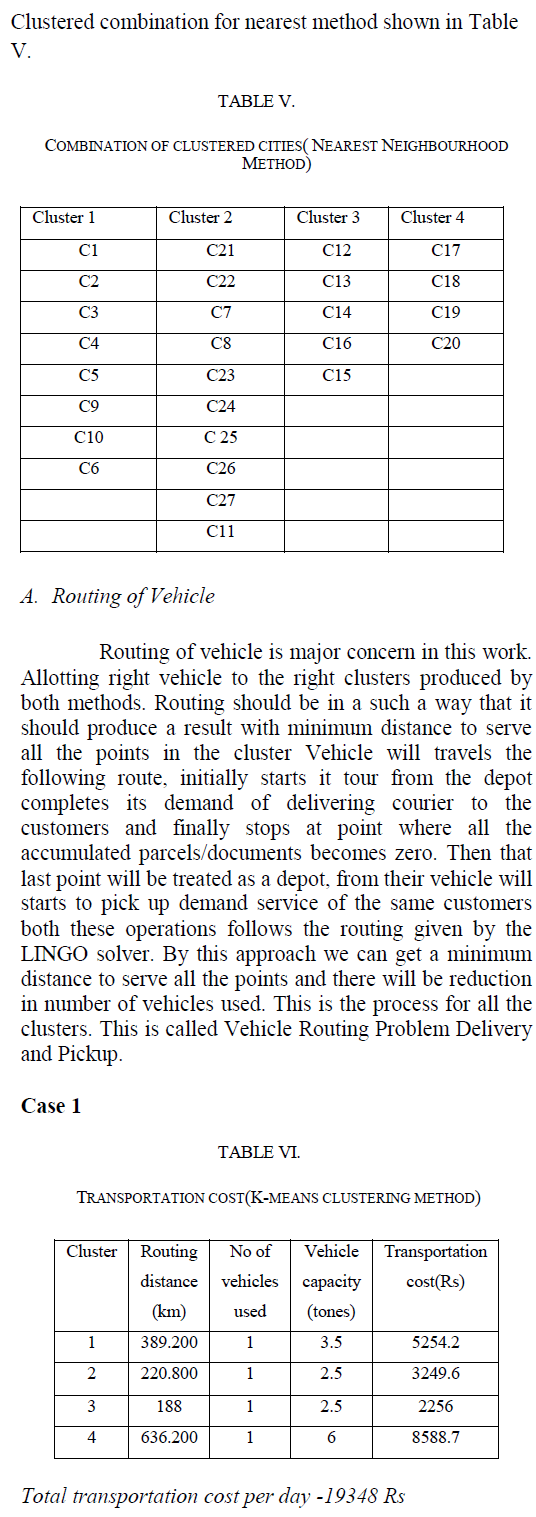 |
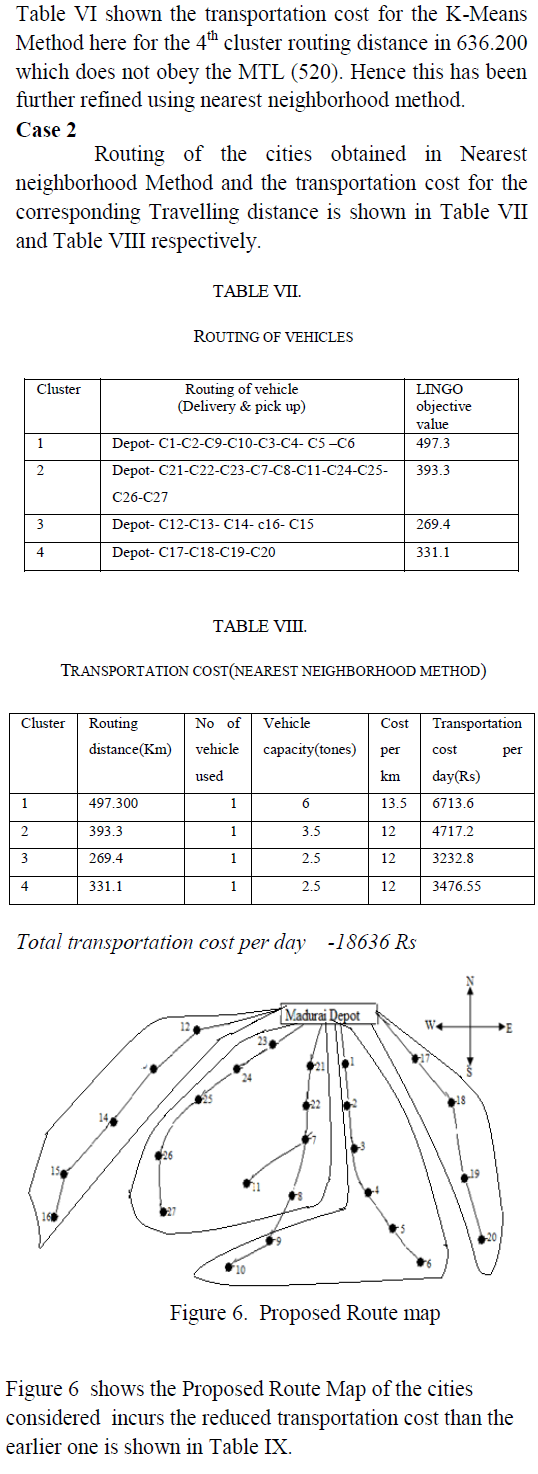 |
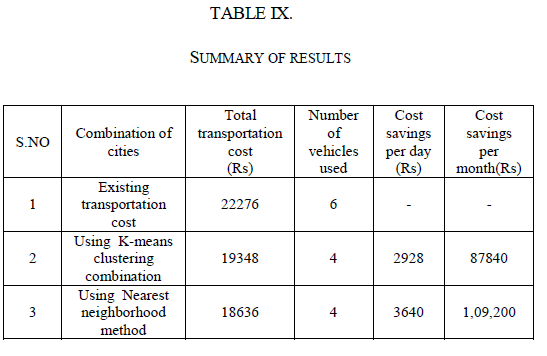 |
CONCLUSION |
| The work aims to provide a combined approach for both reductions in the service distance travelled and also the number of vehicles employed for the task. A real time sample test system was developed and the task was performed using k-means clustering and Nearest neighborhood method. From the results and discussions it is concluded that, travelling distance between the customer points has been minimized and number of vehicles used to serve also reduced thereby transportation cost reduced considerably . Cost savings of Rs 2928 for K-means clustering, Rs 3640 for Nearest neighborhood method. Number of vehicles reduced from 6 to 4. Thus, the obtained result substantiates the effectiveness of the application of the proposed method. This work can also be refined further for different ap plications. |
References |
|